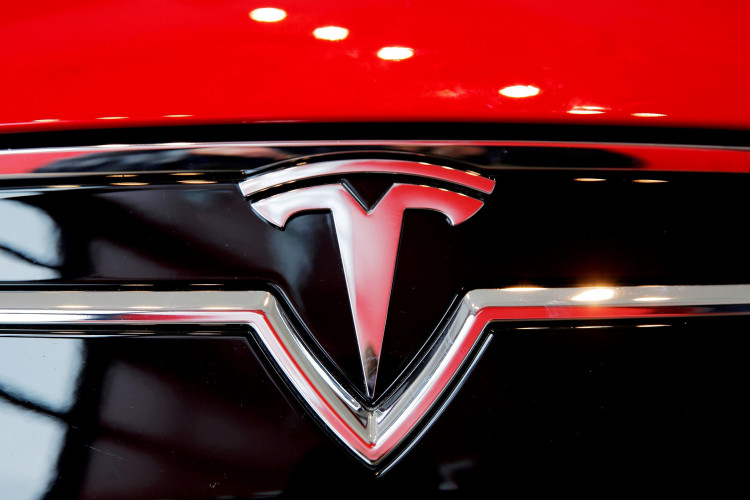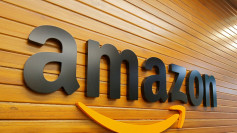Tesla CEO Elon Musk has announced that the price of its "full self driving" (FSD) software will be increased to $12,000. Musk revealed that the higher price, which is up by $2,000, will go into effect on Jan. 17 for customers "only in the U.S."
With the driver-assistance system, price rises have been a fairly consistent theme. Tesla caught ride-hailing fever in the aftermath of Uber's well-publicized IPO in 2019, with Musk predicting that a self-driving Tesla could earn $30,000 per year by working the streets while its owner is asleep or at work.
As the software neared wide distribution, he indicated the monthly subscription price for FSD would jump to $199.
Tesla opened the FSD beta to more drivers in September via a "request" button on vehicle dashboard screens, but to gain access to the software, drivers must have a good "safety score," which Tesla calculates using five criteria that estimate "the likelihood that your driving could result in a future collision."
When "full self-driving" was first presented to the world in October 2016, it cost customers $3,000 on top of a $5,000 option for "improved autopilot." However, Tesla reversed course in 2018 after Musk stated the choice was too confusing.
The carmaker revised its pricing structure in early 2019, lowering the price of "Autopilot" while extending the feature set. However, "full self driving" now costs $5,000, unless you previously purchased "enhanced Autopilot," in which case you only have to pay $2,000. (The discount was canceled after a few weeks.)
The price increased to $6,000 in April 2019. It then raised to $7,500 in July. $7,000 will become $8,000. In July 2020. In October 2020, the price of "full self driving" would increase to $10,000.
The FSD software has also received a good amount of scrutiny and controversy. U.S. Senators Ed Markey (D-MA) and Richard Blumenthal (D-CT) in August 2021 petitioned the Federal Trade Commission to look into Tesla's marketing of driver assistance software, accusing the company of "deceptive and unfair practices."
Although Tesla refers it the system as "Full Self-Driving," it is not entirely self-driving in the literal sense. It is, instead, a Level 2 autonomous system that requires the driver to pay close attention to the road ahead and have at least one hand on the steering wheel.
Tesla can only recognize a portion of this revenue on its balance sheets at this time. Because the function is still in beta and not completely implemented, some of the revenue it generates must be recognized as a liability-Tesla CFO Zach Kirkhorn told investors in 2020 that the company could only record 50% as revenue under generally accepted accounting procedures.






